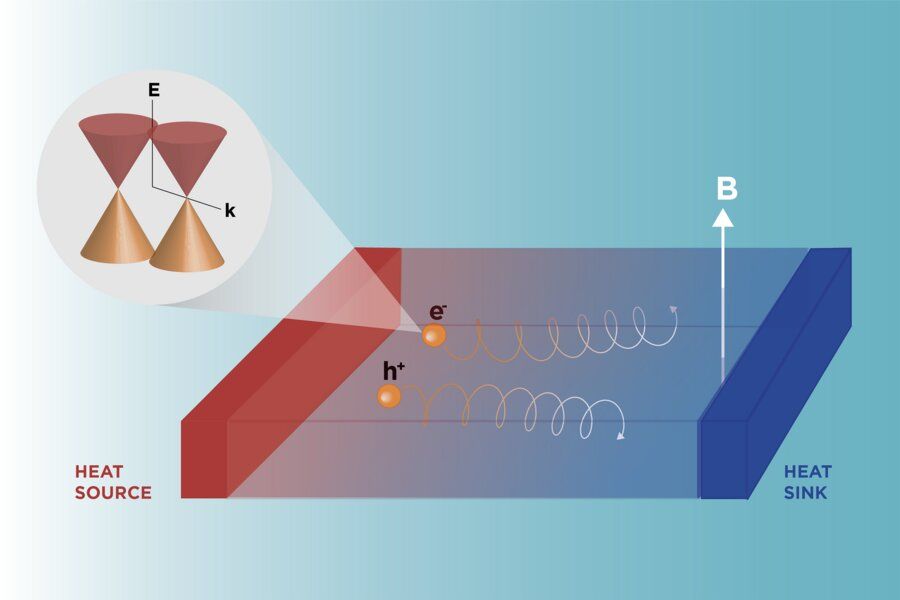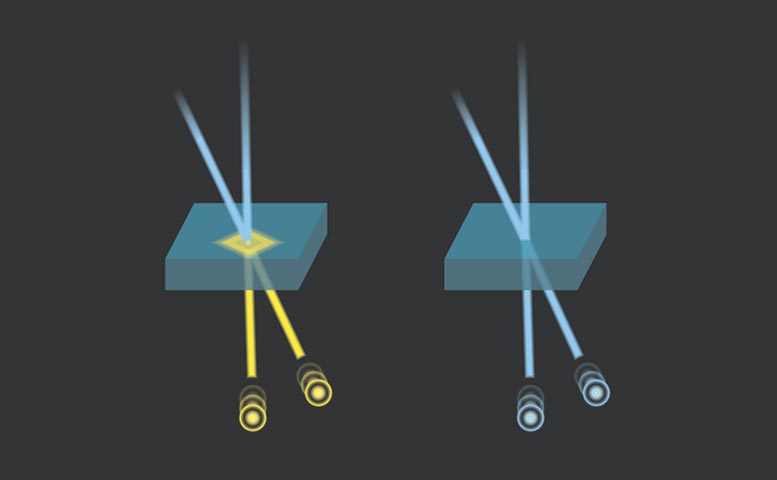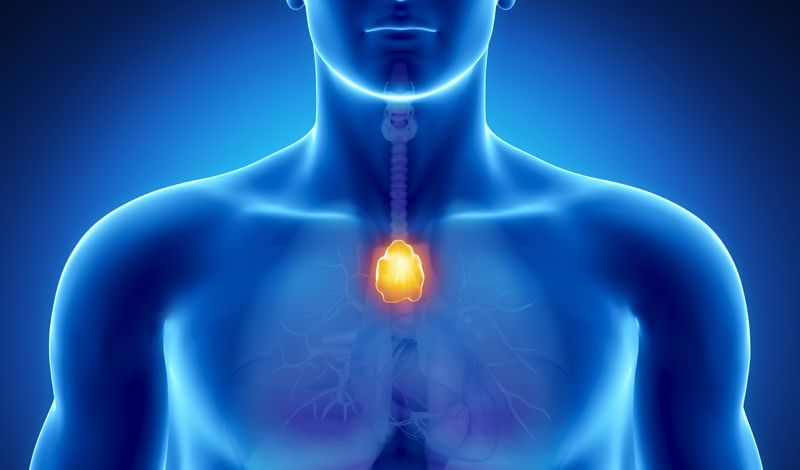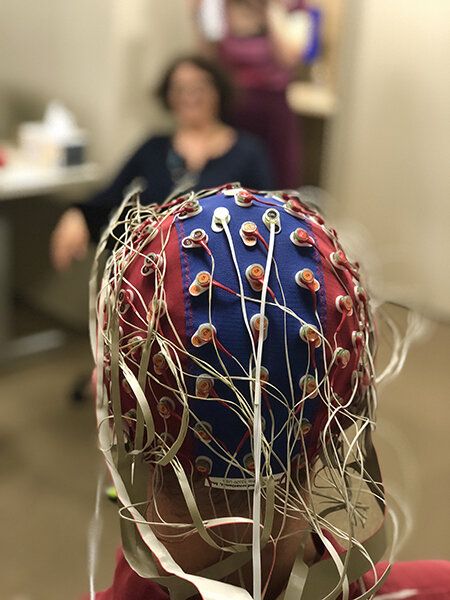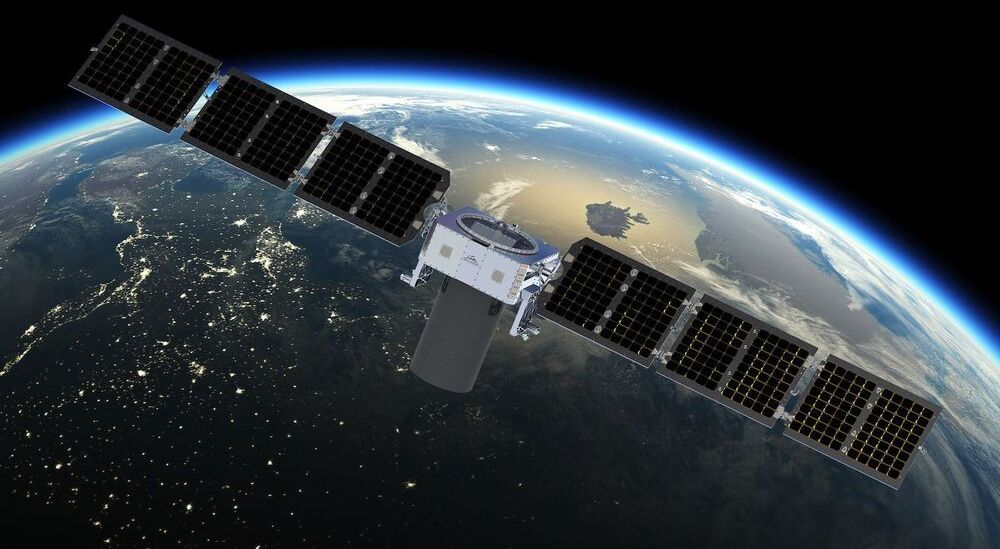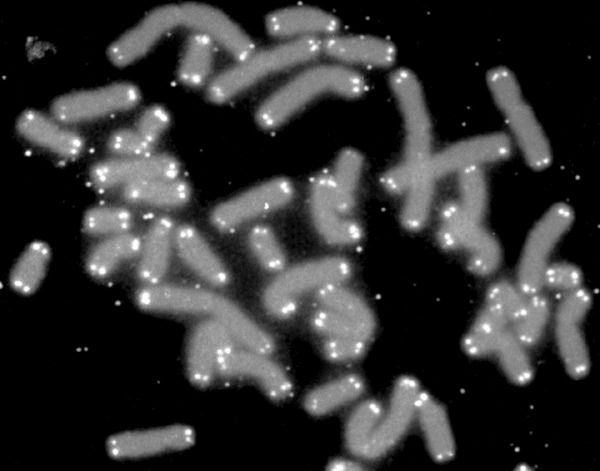Since the very beginning of quantum physics, a hundred years ago, it has been known that all particles in the universe fall into two categories: fermions and bosons. For instance, the protons found in atomic nuclei are fermions, while bosons include photons — which are particles of light — as well as the BroutEnglert-Higgs boson, for which Francois Englert, a professor at ULB, was awarded a Nobel Prize in Physics in 2013.
Bosons — especially photons — have a natural tendency to clump together. One of the most remarkable experiments that demonstrated photons’ tendency to coalesce was conducted in 1987, when three physicists identified an effect that was since named after them: the Hong-Ou-Mandel effect. If two photons are sent simultaneously, each towards a different side of a beam splitter — a sort of semitransparent mirror — one could expect that each photon will be either reflected or transmitted.
Logically, photons should sometimes be detected on opposite sides of this mirror, which would happen if both are reflected or if both are transmitted. However, the experiment has shown that this never actually happens: the two photons always end up on the same side of the mirror, as though they ‘preferred’ sticking together! In an article published recently in US journal Proceedings of the National Academy of Sciences, Nicolas Cerf — a professor at the Centre for Quantum Information and Communication (École polytechnique de Bruxelles) — and his former PhD student Michael Jabbour — now a postdoctoral researcher at the University of Cambridge — describe how they identified another way in which photons manifest their tendency to stay together. Instead of a semi-transparent mirror, the researchers used an optical amplifier, called an active component because it produces new photons.

